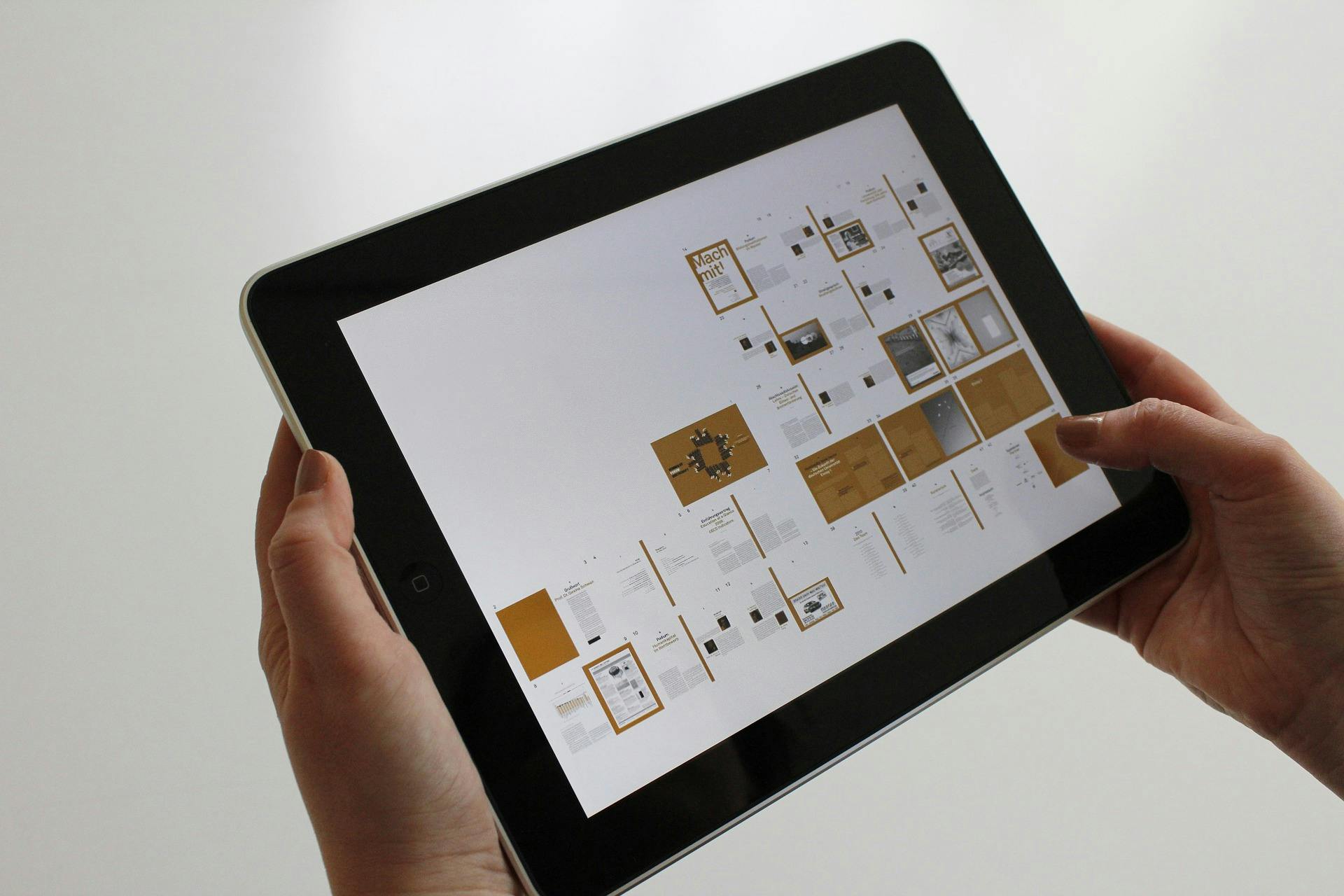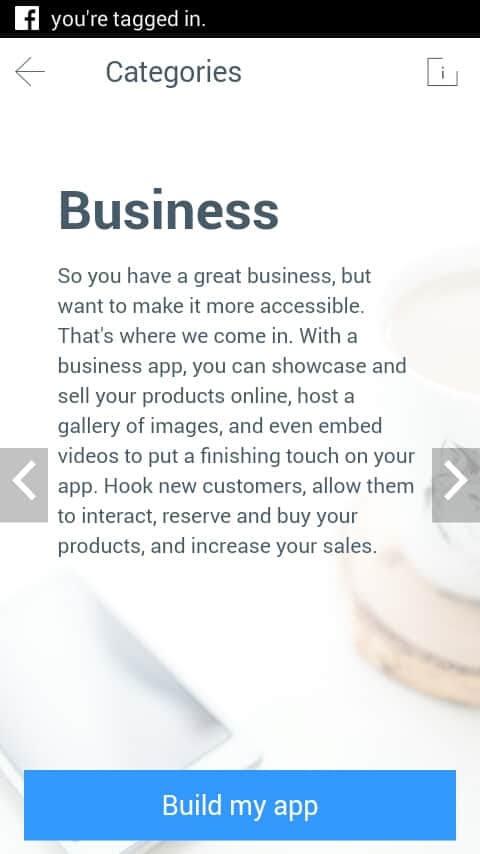

Costs are also decreased thanks to showing a remote software development team a “ready-to-code” prototype.Prototyping allows businesses to save money since it’s cheaper to solve problems earlier in the development process.App prototyping is often the first step to establishing or validating business goals.User testing allows identifying possible improvements and adjust the idea to real users’ needs.Prototyping creates the opportunity to seek new solutions and explore new ideas early before the development process starts.During user testing, you gather feedback and insights from customers.A clickable prototype presented to real users during user testing allows for validating usability and user experience assumptions.
 Building an app prototype allows for validating an early concept by testing it with real users. There are various business- and design-related benefits of prototyping an app before the design and development process starts: It helps to create a product adjusted to users’ needs and achieve it in a more efficient timeframe. A high-fidelity prototype presents the entirety of the design in one deliverable. High-fidelity prototypes – these prototypes require more initial effort and represent the highest quality, but with the use of prototyping tools like Figma or JustInMind, they can be created by a non-designer. Low-fidelity prototypes can be expressed also by paper prototypes described above. They can be created in simple tools like PowerPoint or Keynote, or in advanced digital prototyping apps. Low-fidelity prototypes – these prototypes are often presented in a form of clickable wireframes linked to each other. What’s crucial, paper prototypes are not the same as sketches, since there needs to be a flow between all the screens which is explained by an assigned person. Plus, paper prototypes can later serve as documentation. Mobile app development often starts with paper prototyping which is followed by building clickable prototypes.
Building an app prototype allows for validating an early concept by testing it with real users. There are various business- and design-related benefits of prototyping an app before the design and development process starts: It helps to create a product adjusted to users’ needs and achieve it in a more efficient timeframe. A high-fidelity prototype presents the entirety of the design in one deliverable. High-fidelity prototypes – these prototypes require more initial effort and represent the highest quality, but with the use of prototyping tools like Figma or JustInMind, they can be created by a non-designer. Low-fidelity prototypes can be expressed also by paper prototypes described above. They can be created in simple tools like PowerPoint or Keynote, or in advanced digital prototyping apps. Low-fidelity prototypes – these prototypes are often presented in a form of clickable wireframes linked to each other. What’s crucial, paper prototypes are not the same as sketches, since there needs to be a flow between all the screens which is explained by an assigned person. Plus, paper prototypes can later serve as documentation. Mobile app development often starts with paper prototyping which is followed by building clickable prototypes.  Paper prototypes – they help the development team and stakeholders to work out a common understanding and a general idea about the future mobile app early in the design process. There are 3 high-level approaches to prototyping: Prototyping allows seeing the product in action with the lowest cost possible. Interactive prototypes simulate how a product will work and allow us to mimic actually using the app.Ī mobile app prototype helps to understand how real users interact with a product and, therefore, validate UX design assumptions and assess the feasibility of a product. What is app prototyping?Īpp prototyping is a form of user research. In this article, we are going to take a look at how and with which tools you can prototype an app as a non-developer/designer. It supports cost efficiency and adjusting vision to real users’ needs. App prototyping is an important step on the way prevent a mobile app from failure.
Paper prototypes – they help the development team and stakeholders to work out a common understanding and a general idea about the future mobile app early in the design process. There are 3 high-level approaches to prototyping: Prototyping allows seeing the product in action with the lowest cost possible. Interactive prototypes simulate how a product will work and allow us to mimic actually using the app.Ī mobile app prototype helps to understand how real users interact with a product and, therefore, validate UX design assumptions and assess the feasibility of a product. What is app prototyping?Īpp prototyping is a form of user research. In this article, we are going to take a look at how and with which tools you can prototype an app as a non-developer/designer. It supports cost efficiency and adjusting vision to real users’ needs. App prototyping is an important step on the way prevent a mobile app from failure.







 0 kommentar(er)
0 kommentar(er)
